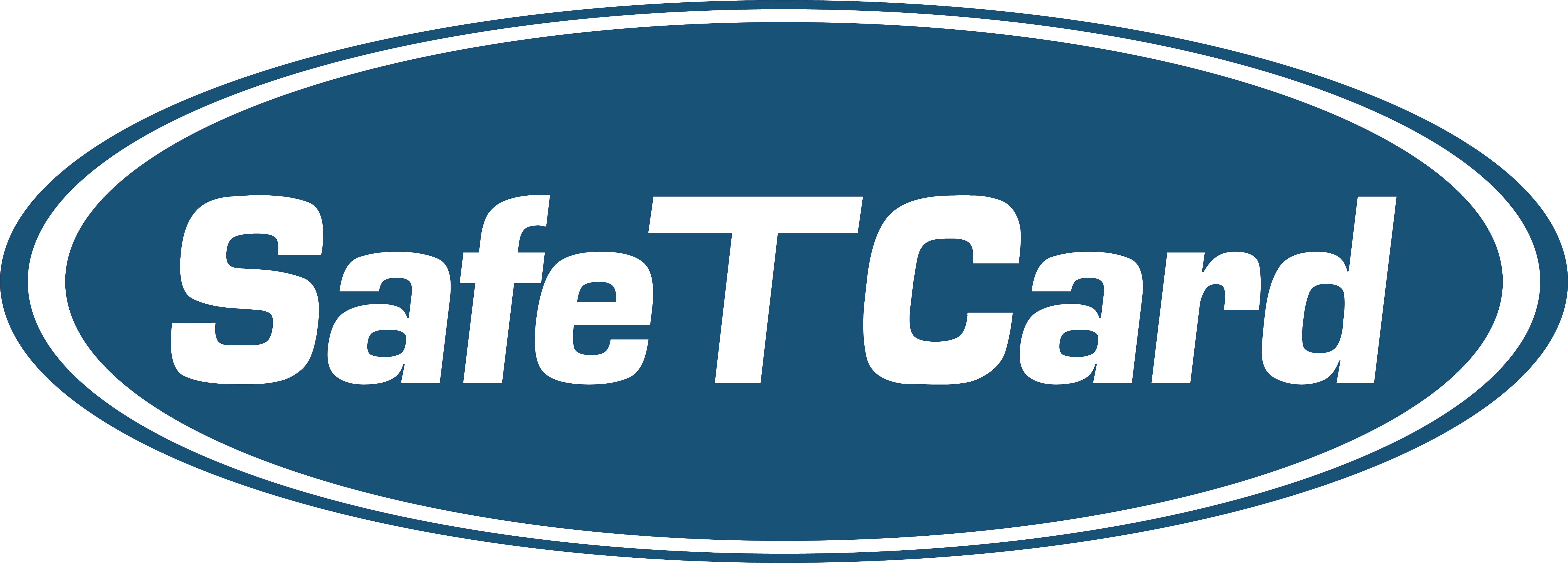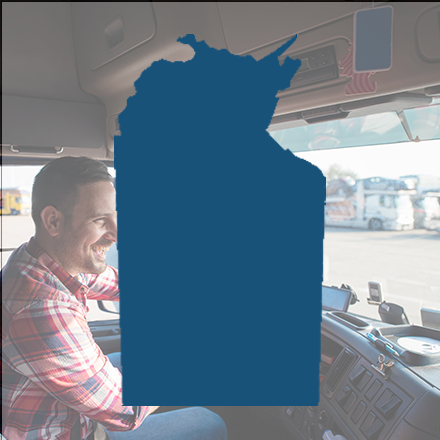In Queensland, safeguarding lone workers is a paramount responsibility for employers, guided by specific legislative requirements. SafeTCard offers comprehensive safety solutions to help businesses comply with these laws and protect their employees effectively.
Queensland Work Health and Safety Legislation
Queensland has implemented a robust working alone policy to ensure the safety of lone workers. The policy mandates that employers must provide effective communication methods between remote or isolated workers and their supervisors, or a means to access emergency services. The Managing the Work Environment and Facilities Code of Practice 2021 recommends that, to enhance the health and safety of lone workers, employers should equip employees with a duress (panic) alarm. This alarm enables workers to obtain immediate assistance in case of an emergency.
The Work Health and Safety (WHS) Act 2011 and WHS Regulation 2011 also form the foundation of occupational safety regulations in Queensland. These laws are designed to ensure that all employees, including those working alone, have a safe working environment. Key components include:
- Duty of care: Employers must ensure the health and safety of their employees, implementing necessary measures to protect lone workers.
- Risk assessment: Employers are required to conduct regular risk assessments to identify potential hazards that lone workers may face and take steps to mitigate these risks.
- Monitoring and communication: Effective systems must be in place to monitor lone workers and maintain communication, ensuring their safety and quick response in emergencies.
Work Safe Queensland video about remote and isolated work
This film outlines how workers in remote or isolated areas are at risk if they don’t have good communication options available to them and some solutions to enable a quick rescue should something happen. This film was produced prior to the Australian Competition and Consumer Commission’s Consumer Goods (Quad Bikes) Safety Standard 2019, which requires that from 11 October 2021 new and second hand imported quad bikes have an operator protection device (OPD) fitted or integrated into their design.
——————————————-
Work Health and Safety Act 2011
Division 2 Primary duty of care
19 Primary duty of care
(1) A person conducting a business or undertaking must ensure, so far as is reasonably practicable, the health and safety of—
(a) workers engaged, or caused to be engaged by the person; and
(b) workers whose activities in carrying out work are influenced or directed by the person; while the workers are at work in the business or undertaking.
(2) A person conducting a business or undertaking must ensure, so far as is reasonably practicable, that the health and safety of other persons is not put at risk from work carried out as part of the conduct of the business or undertaking.
(3) Without limiting subsections (1) and (2), a person conducting a business or undertaking must ensure, so far as is reasonably practicable—
(a) the provision and maintenance of a work environment without risks to health and safety; and
(b) the provision and maintenance of safe plant and structures; and
(c) the provision and maintenance of safe systems of work; and
(d) the safe use, handling and storage of plant, structures and substances; and
(e) the provision of adequate facilities for the welfare at work of workers in carrying out work for the business or undertaking, including ensuring access to those facilities; and
(f) the provision of any information, training, instruction or supervision that is necessary to protect all persons from risks to their health and safety arising from work carried out as part of the conduct of the business or undertaking; and
(g) that the health of workers and the conditions at the workplace are monitored for the purpose of preventing illness or injury of workers arising from the conduct of the business or undertaking.
(Current as at 1 March 2023)
Work Health and Safety Regulation 2011
Division 6 Remote or isolated work
WHS 48 Remote or isolated work
(1) A person conducting a business or undertaking must manage risks to the health and safety of a worker associated with remote or isolated work under part 3.1.
Notes –
1 – WHS Act – Section 19, see section 9
2 – For general risk management requirements, see part 3.1
(2) In minimising risks to the health and safety of workers associated with remote or isolate work, a person conducting a business or undertaking must provide a system of work that includes effective communication with the worker.
Maximum penalty – 60 penalty units.
(3) In this section—
assistance includes rescue, medical assistance and the attendance of emergency service workers.
remote or isolated work, in relation to a worker, means work that is isolated from the assistance of other persons because of location, time or the nature of the work.
(Current as at 1 January 2023)
—————————————-
See more:
- Lone worker safety in South Australia
- Protecting lone workers in Tasmania
- Lone Worker Safety in the ACT: Legislation and policies
WHSOLA Act 2024: Enhancing lone worker safety
In March 2024, significant updates were made to the Work Health and Safety (WHS) regulations, specifically targeting the safety of lone workers. The Work Health and Safety and Other Legislation Amendment Act 2024 (WHSOLA Act) introduces several key changes including:
- Prohibition on insurance for WHS penalties: Ensures that businesses cannot use insurance to cover fines related to work health and safety penalties, enhancing the deterrent effect of monetary penalties.
- Enhanced worker representation: Strengthens the role of Health and Safety Representatives (HSRs) and clarifies the rights and responsibilities of WHS entry permit holders.
- Updated compliance requirements: Introduces stricter guidelines for risk management and incident reporting. Employers must maintain comprehensive records of safety measures and incidents, implement effective risk management strategies, and regularly review and update their safety protocols.
These changes have now been incorporated into Queensland legislation.
Specific requirements for lone workers
Employers in Queensland must take proactive steps to manage the risks associated with lone working:
- Identify hazards: Assess the specific risks lone workers might encounter, such as isolation, lack of immediate assistance, or exposure to hazardous conditions.
- Implement control measures: Establish procedures and safety measures to control identified risks, including the use of personal safety devices and regular check-ins.
- Provide training: Ensure lone workers are adequately trained to handle emergency situations and use safety equipment effectively.
How SafeTCard solutions align with Queensland legislation
SafeTCard provides advanced safety solutions designed to meet and exceed the legislative requirements in Queensland, ensuring your business remains compliant while offering robust protection for your lone workers.
- Detailed risk assessments: SafeTCard’s devices and systems facilitate thorough risk assessments, helping you identify and address potential hazards.
- Real-time monitoring upon activation: Our GPS-enabled devices ensure that the location of lone workers is always known, allowing for quick response in emergencies.
- Emergency alerts: SafeTCard’s solutions include emergency alert systems that enable lone workers to call for help instantly, ensuring timely assistance.
Benefits of using SafeTCard
- Compliance: SafeTCard’s solutions help businesses comply with Queensland’s WHS laws, avoiding potential fines and legal issues.
- Enhanced safety: With real-time monitoring and immediate alert capabilities, SafeTCard significantly improves the safety of lone workers.
- Peace of mind: Employers and employees alike can have peace of mind knowing that SafeTCard provides robust protection and support.
Taking the next step
To ensure your business complies with Queensland’s lone worker safety legislation and effectively protects your employees, consider integrating SafeTCard’s comprehensive safety solutions. Our team of experts is ready to assist you in selecting and implementing the right products to meet your needs.
For more information and to explore our range of safety solutions, contact us today. Together, we can create a safer working environment for all lone workers.




